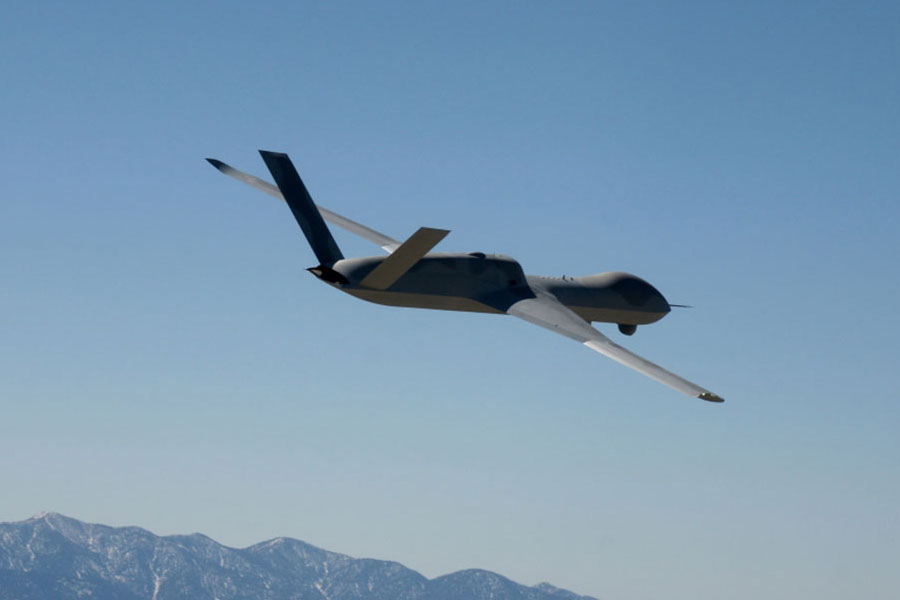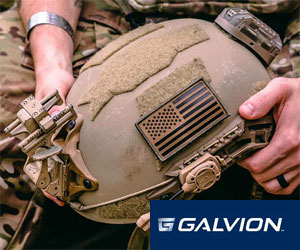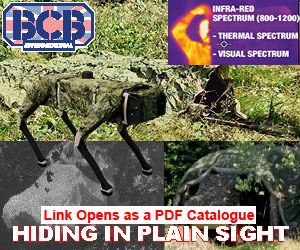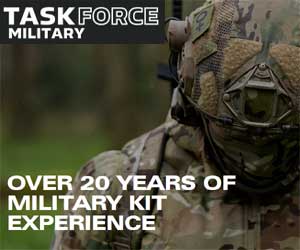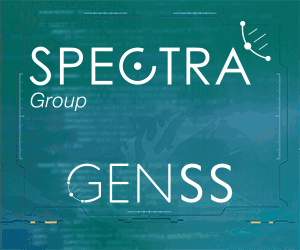GA-ASI (General Atomics Aeronautical Systems ) pairs Avenger with Virtual UAS to demo autonomous Search and Follow.
~
Press Release, San Diego, 25 February 2022: As part of the company’s commitment to develop advanced unmanned autonomy, General Atomics Aeronautical Systems, Inc. (GA-ASI) used a company-owned Avenger Unmanned Aircraft System and five hardware-in-the-loop synthetic Avengers to autonomously search and follow an artificially-generated adversary. The live-virtual swarm utilised a simulated Infrared Search and Track (IRST) sensor network in addition to the government-furnished CODE autonomy engine to accomplish the mission.
In the two-hour flight on January 28, 2022, the Avenger flew over the high desert of southern California. The live Avenger was commanded into a search mission with the five simulated Avengers. Once the simulated adversary entered the designated search area, the team of Avengers would decide, utilising an AI/ML algorithm, which aircraft would autonomously break from the search-loiter and perform complex behaviours to show closed loop, air-to-air tactics.
“The flight demonstrated GA-ASI’s unique ability to deploy autonomy using a blend of simulated threats, real-world sensors, and live aircraft. GA-ASI’s robust autonomy pipeline provided seamless digital environments, UAV digital twins and machine learning to validate unmanned aircraft closing complex kill chains. This framework allows the DoD to rapidly transition next-generation, operationally relevant air-to-air warfare technology from the lab to the battlespace,” said GA-ASI Senior Director of Advanced Programs Michael Atwood.
The Avenger UAS integrated a ZPX-R ADS-B and Mode 5 Level 2 receiver provided by uAvionix. The low size, weight, and power (SWAP) sensor allowed the platform to track active aircraft within the local airspace. In addition to the live ADS-B/Mode 5 L2 sensor tracks being downlinked, the Advanced Framework for Simulation, Integration, and Modeling (AFSIM) software simulated two separate types of IRST sensors (situational and long-range). This allowed the multi-physics sensor network to downlink into the Common Operating Picture (COP) running on a government standard Human-Machine Interface. To complement the live-flying sensor suite, the Avenger also operated with All-Source Track and Identity Fuser (ATIF), a government-owned Multi-Physics Fusion engine.
~


